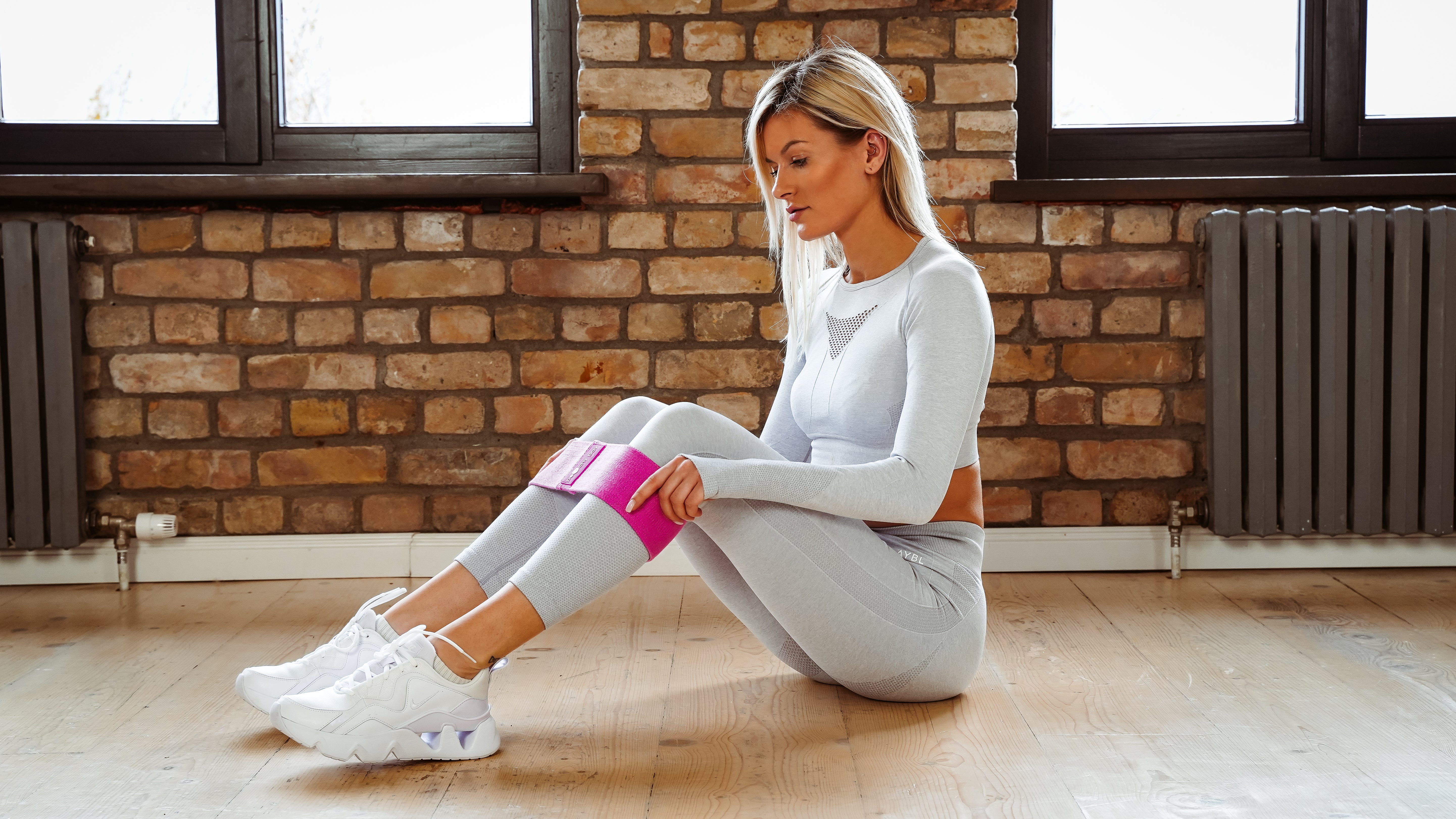Here at Peachy Bay we’re all about getting that perfect PEACH. That’s why we created a range of products especially designed to help you sculpt out your dream body, in the gym or at home. So if your goal is glute growth, this blog post is for you! Here’s everything you need to know about building your booty with Peachy Bay.

Why we love booty building?
Most of us spend the majority of the day sitting on our butts, which makes our glutes weak and under-developed, causing them to activate slower than other muscles in the body. This is why the glutes are often referred to as ‘dormant’ muscles. Studies show weak glutes can cause injury, posture changes, loss of strength, muscle imbalances and other detrimental symptoms.
This is because when the glutes are weak and do not activate properly during training, our brain sends a signal to the muscles close by to compensate. This is why many people become quad or hamstring-dominant, get low back pain, or experience muscle spasms and nerve pain as a response to training.
Strong glutes are not only aesthetically appealing, they’re vital for athletic performance and injury prevention. A study published in the Medicine & Science in Sports & Exercise journal found that those with stronger glutes were faster runners. Another study found that properly activating the glutes prior to exercise reduces injury risk. In short: building and strengthening your glutes is a good idea.
We can’t ignore the appeal of a perfect peach: it makes your physique look well-developed and strong, and helps you achieve the enviable hourglass body shape. Convinced? Good.

How to grow your peach with Peachy Bay
Squats and deadlifts aren’t the best way to build your glutes. As mentioned earlier, because our glutes are dormant they don’t activate properly during exercise, causing your other nearby muscles to step in, often leading to quad or hamstring-dominance. The end result is under-developed glutes and over-developed quads. For many women, this is not the goal.
This is where the Peachy Bay resistance bands come in. They are essential for:
- Pre-activating your glutes
- Helping you to create a mind to muscle connection
- Acting as a cue to force your knees out during a squat and a deadlift to properly target your glutes
- Increasing EMG activity
- Recruiting the maximum amount of muscle fibers
- Metabolic stress - getting the ‘booty pump’

What are resistance bands?
Resistance bands are circular bands made out of rubber or material that are stretched when met with resistance. The primary purpose is for hip and glute activation prior to resistance training as a type of dynamic warm up.

You may be wondering if you can pre-activate your glutes without a resistance band, and the answer is no. Resistance bands work differently to free weights or your bodyweight. Weights only provide resistance when working against gravity - in a vertical movement plane. But as we know, it’s hard to activate and isolate your glutes in a vertical plane because our glutes are prone to being dormant.
Resistance bands, on the other hand, provide resistance throughout the entire range of motion. This means you can use them across multiple movement planes: (transverse - horizontal, frontal - vertical, longitudinal etc.). When you do so, you are working more of your glutes - recruiting more muscle fibers and stimulating their growth.
What does the research say?
A study published in the Scandinavian Journal of Medicine that looked at using resistance bands in lower body hypertrophy training found that they increased electromyographic (EMG) activity, particularly in the glutes.
Another study published in the International Journal of Sports Physical Therapy in 2017 examined the effects of using resistance bands on muscle activation during a squat. The participants were asked to perform a three rep maximum squat and a bodyweight squat for maximum reps, while the electromyography and kinematics of four muscles were measured.
The researchers found that resistance bands significantly increased muscle activity compared to unbanded squats, provided knee stability and increased activation of stabilizing muscles.
What are the best glute exercises to do with Peachy Bay bands?
Based on the research, if your goal is to build your body, using Peachy Bay resistance bands is key. But which glute exercises are best?

According to a systematic review conducted by Contreras et al (2015) that examined the most effective exercises for glute hypertrophy, Contreras concluded that each glute workout should include each of the following types of exercises:
- Stretchers e.g. deadlifts, squats, bulgarian split squats, lunges
- Activators e.g. kick backs, hip thrusts, standing hip abduction, hyperextensions
- Pumpers e.g. squat bounces, side lying clam, banded hip abduction, banded lateral walk
As you can see the majority of the exercises require a resistance band, or could otherwise be optimized by using a resistance band.
It’s time to upgrade your booty workouts and grow your PEACH! We hope this post has helped you understand the science of glute hypertrophy so you can sculpt out your dream body with Peachy Bay.

